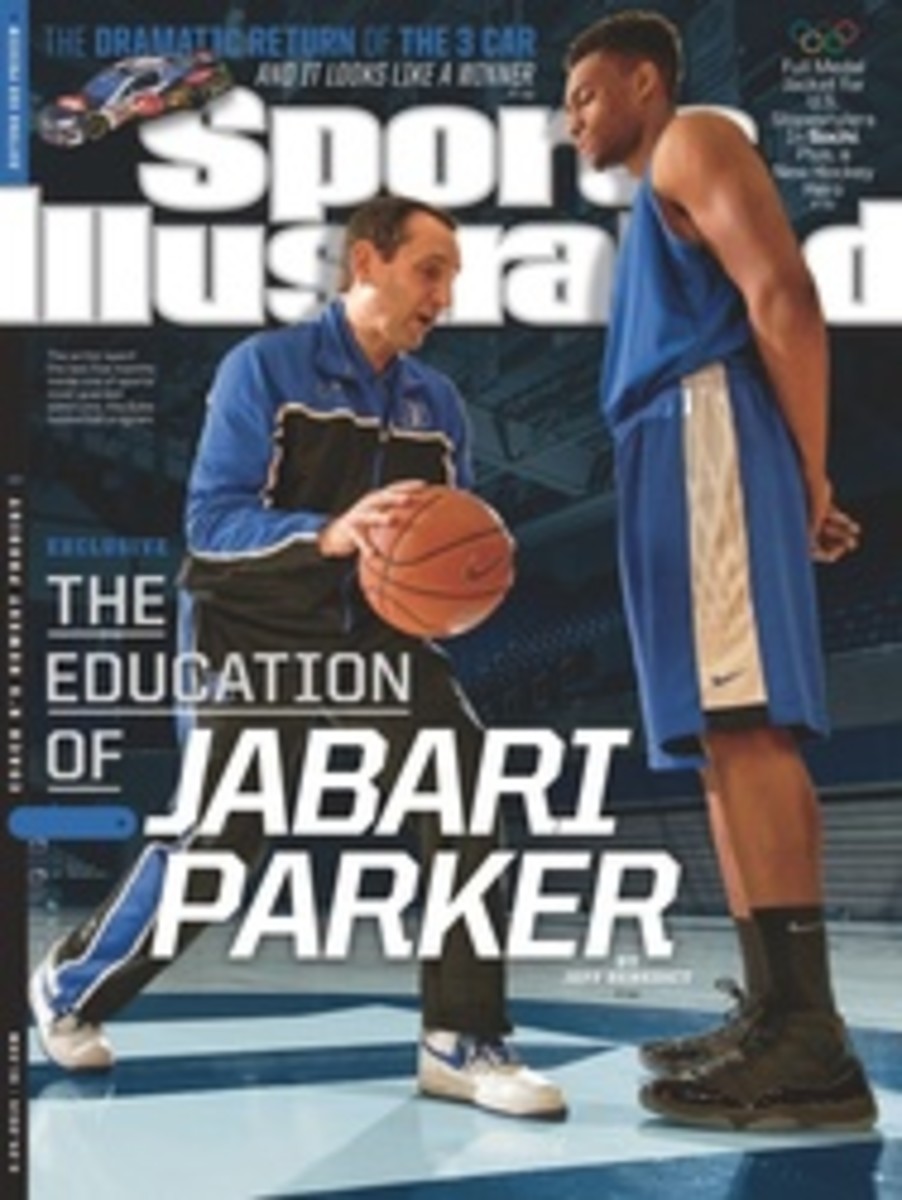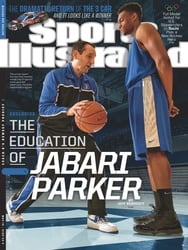
Sport of Interest
Formulating a training regimen to cross-country ski great distances in frigid cold—or, in the mountains outside Sochi, 50° warmth—starts with a simple principle: Build stamina through sustained cardiovascular activity. Formulating a training regimen to accurately fire a 22-caliber rifle at a target less than two inches wide and 50 meters away begins with an equally straightforward dictum: Practice. A lot. Now, formulating a training regimen to ski great distances and then fire a rifle, that's a challenge. How would you prepare to run a marathon in which instead of water breaks you were required to, say, precisely paint miniature figurines? "To be able to switch from one gear to the other is the essence of the biathlon," says 28-year-old U.S. Olympic biathlete Susan Dunklee.
A native of Craftsbury, Vt., Dunklee, who is ranked 36th in the world and finished 12th in Monday's 12.5K mass start, the highest ever by an American woman, has been skiing since she was two. Her training is especially rigorous during the summer. "We wake up pretty early and usually do two workouts a day," she says. "The morning workout will be an hour and a half to two hours; the afternoon will be an hour to an hour and a half." Those sessions generally focus on building stamina—running, roller-skiing and biking—and practicing shooting. Some involve just running, some just shooting. Dunklee likes to row and hike as well. Some days she'll do intervals, running 2.5-kilometer segments over and over.
One of the important aspects of biathlon training is recovery. "To be at this level, it's not so much about training hard, it's about recovering well," says Dunklee. "There are thousands of people in the world who can train at this level, but there are very few who can race well at this level; that's because they don't recover properly." Biathlon demands efficient—not to mention immediate—recovery. Dunklee even naps between workouts. "You have to drink a lot of water; you have to eat good food; you have to sleep and get off your feet," she says.
It takes less time to learn to shoot accurately than to build stamina, but shooting is the component that makes or breaks a biathlete. "If I'm healthy, I'm going to have good ski times," says Dunklee. "But I can go anywhere from hitting all of my targets to missing 50% of them." Shooting is dependent both on an athlete's ability to calm his or her body while the heart is pounding and on the athlete's mental state. "To shoot accurately, you have to be in a Zen-like mode. It's important not to overthink the process," Dunklee says. "If you want to hit the target too badly, you tense up. Any slight muscle tension can result in an extra millimeter of movement in the barrel, which accelerates the shot in the wrong direction."
Dunklee says that there are tricks she uses to stay calm under fire, or rather before she fires: "I'll focus on the pressure of the trigger against my index finger, just find something simple and basic to redirect my thoughts any time they start wandering."
Training File
Back home in Vermont, Dunklee will sometimes go for long afternoon ski runs along the shore of Great Hosmer Pond. She'll leave her rifle at home and pack a headlamp in her water belt because she often finishes after dark. "I tried to go as long as I could without turning it on," Dunklee wrote in her blog last month. "I enjoy the challenge of skiing in the dark; it helps improve balance."
PHOTO
BOB MARTIN FOR SPORTS ILLUSTRATED (SKIING)
HIT YOU WITH HER BEST SHOT Dunklee finished 14th in last week's 7.5-kilometer sprint in Sochi.
PHOTO
GERO BRELOER/AP (SHOOTING)
ILLUSTRATION

